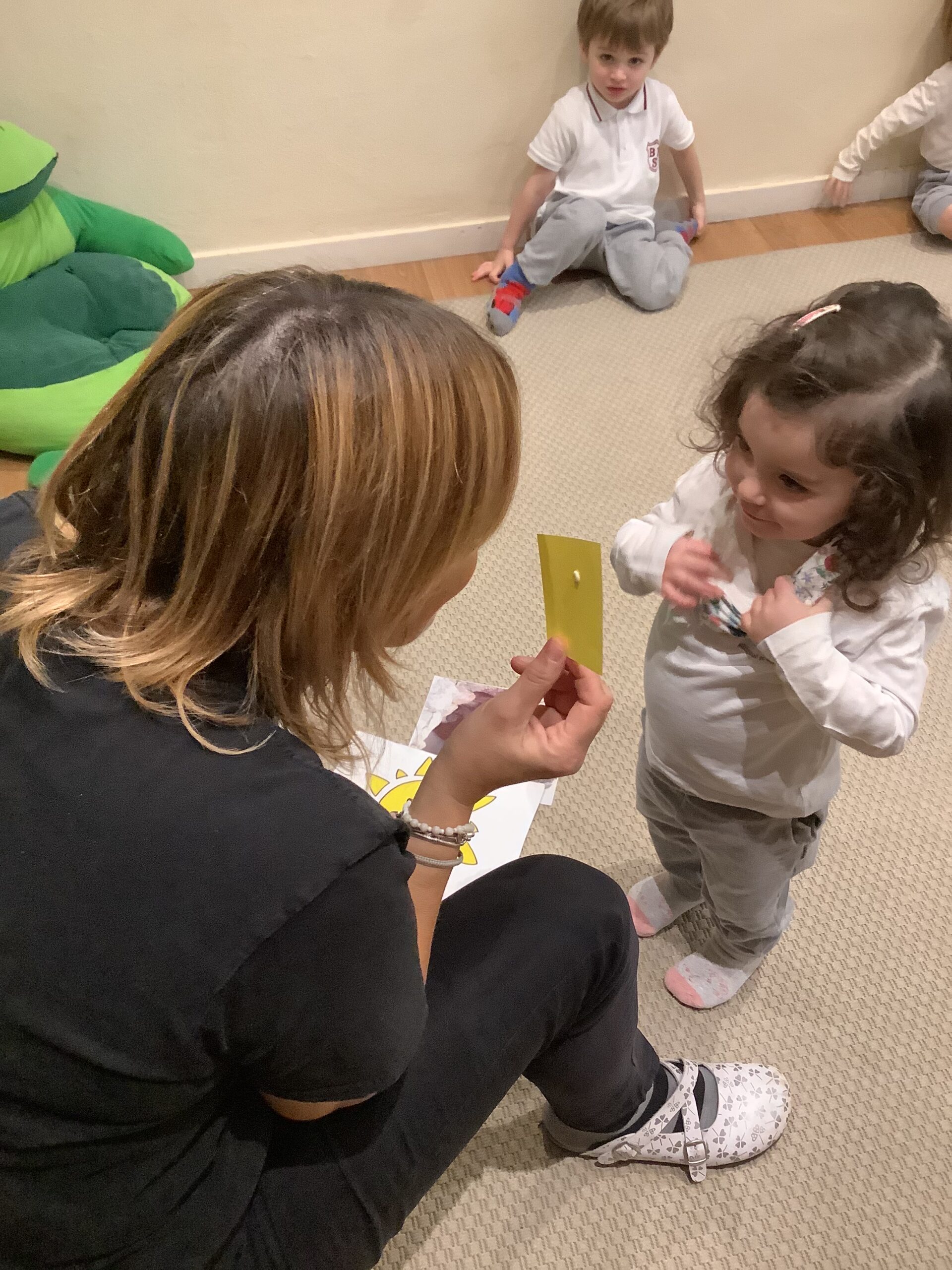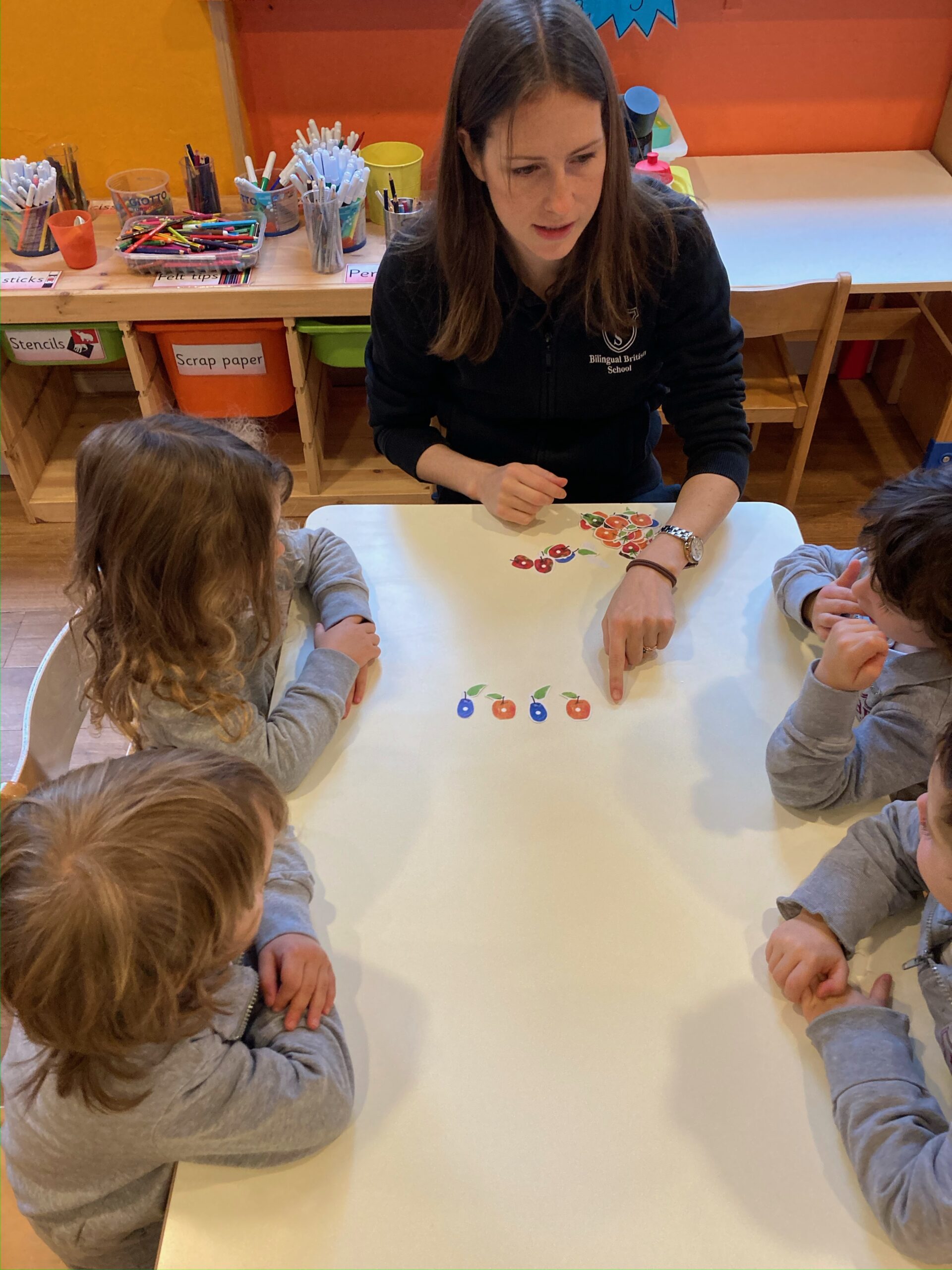Full Immersion Education – The What, Why and How.
What is full immersion education?
Full immersion education is an education system in which all academic subjects are taught in a target language. It is a school environment where children hear, speak and learn the language in authentic everyday contexts and experience that language in familiar surroundings. Teachers are either native or fluent speakers of the target language and commit to only using that language throughout the school day for lessons, play time and eating times. Thus, children naturally acquire the second language without any grammatical or vocabulary stress. Thanks to this full immersion, children grow up learning to communicate and interact more competently in a wider variety of situations and environments than if they were to study the target language like any other subject at school.
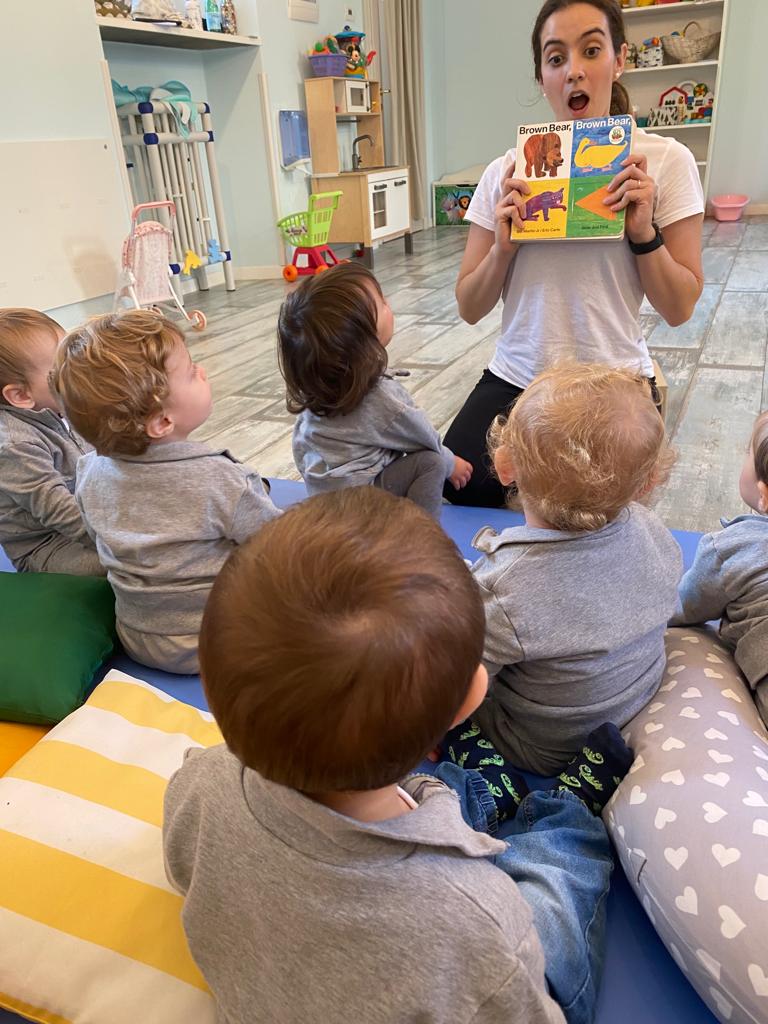
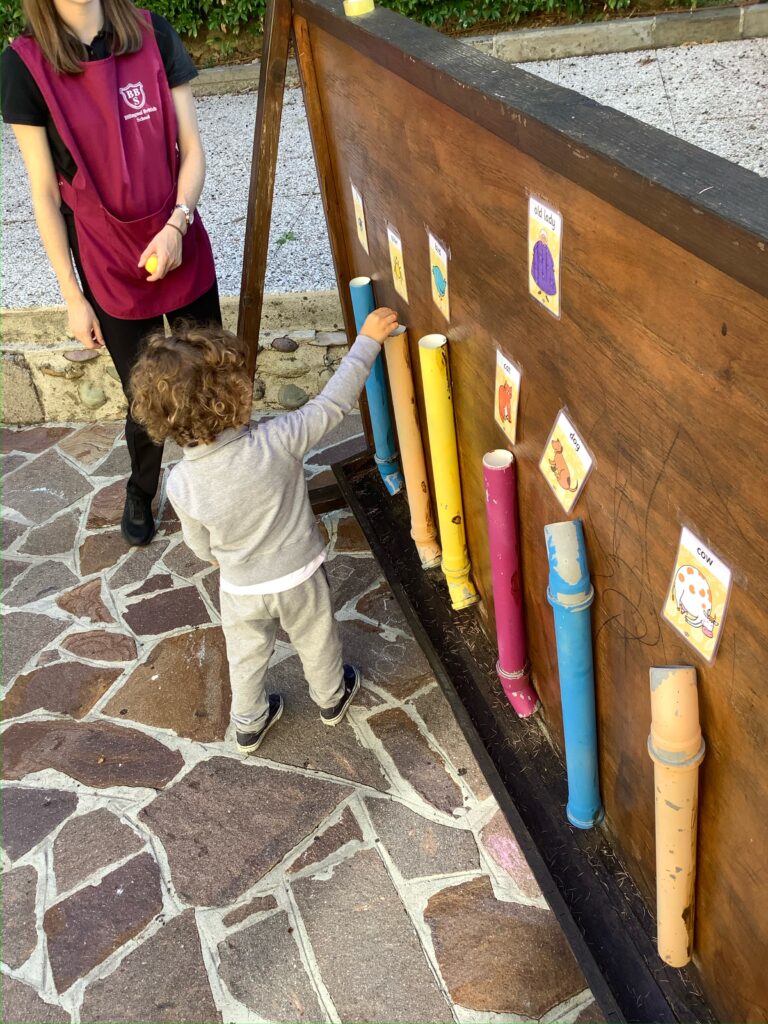
Why is early childhood full immersion education so important?
You may have heard it said that children are like sponges, absorbing everything that is going on around them, in the case of language acquisition this is very true. Young minds are more receptive to new information, linguistically speaking this can included pronunciation, vocabulary and grammar structures as well as subtle nuances specific to a language.
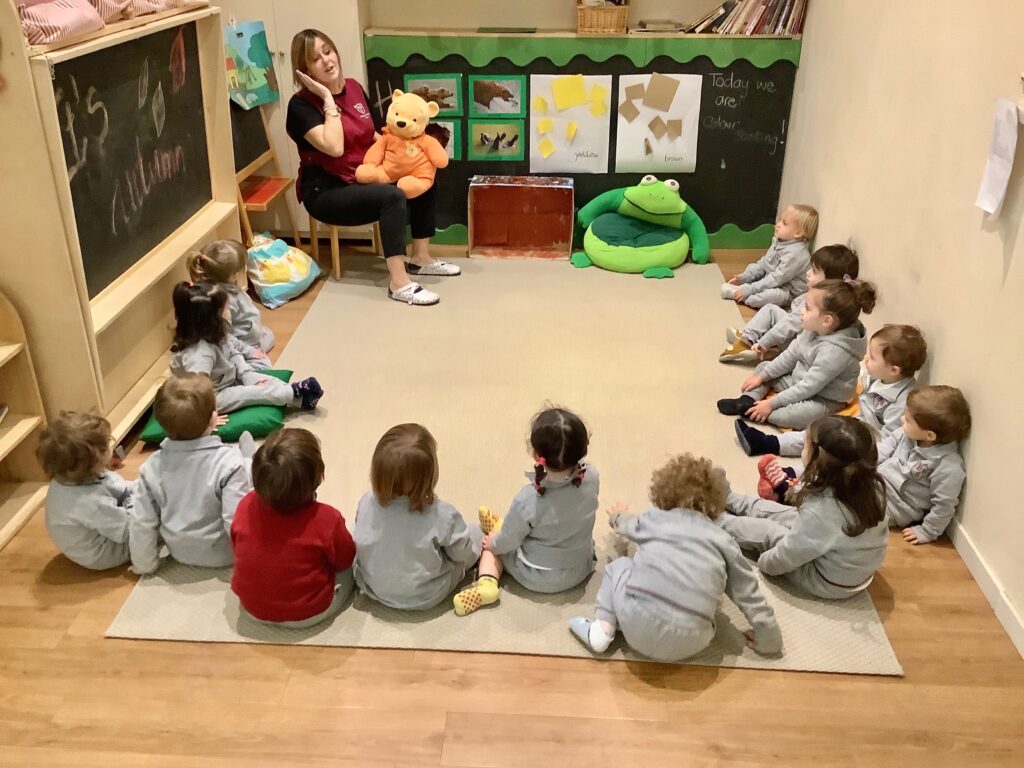
It is believed that the optimum window for second language acquisition is between 6 months and 4 years but can stretch up to 10 years. This is called the Critical Period, which according to Cambridge English is a window of time that all humans have, when it is possible to achieve full native competence when learning a language in a linguistically rich, immersive environment. Full immersion education during early childhood provides intensive exposure to a second language so it can be simultaneously acquired with the first language almost effortlessly. As a result, young children have (almost) the same grasp on the second language and can speak it without having to translate from their first language, as is the case with older children.
Early childhood full immersion education at BBSchool.
The BBSchool’s Pre-K and Nursery have created an interactive, explorative, dynamic English-language environment for children aged 6 months to 5 years. While it is a bilingual school, this full immersion approach to early childhood education aims to nurture the young brain’s capability of absorbing and processing the maximum amount of the English language as possible. Each classroom is a literacy-rich environment with pictures, meaningful visuals and labels to assist with the children’s comprehension.
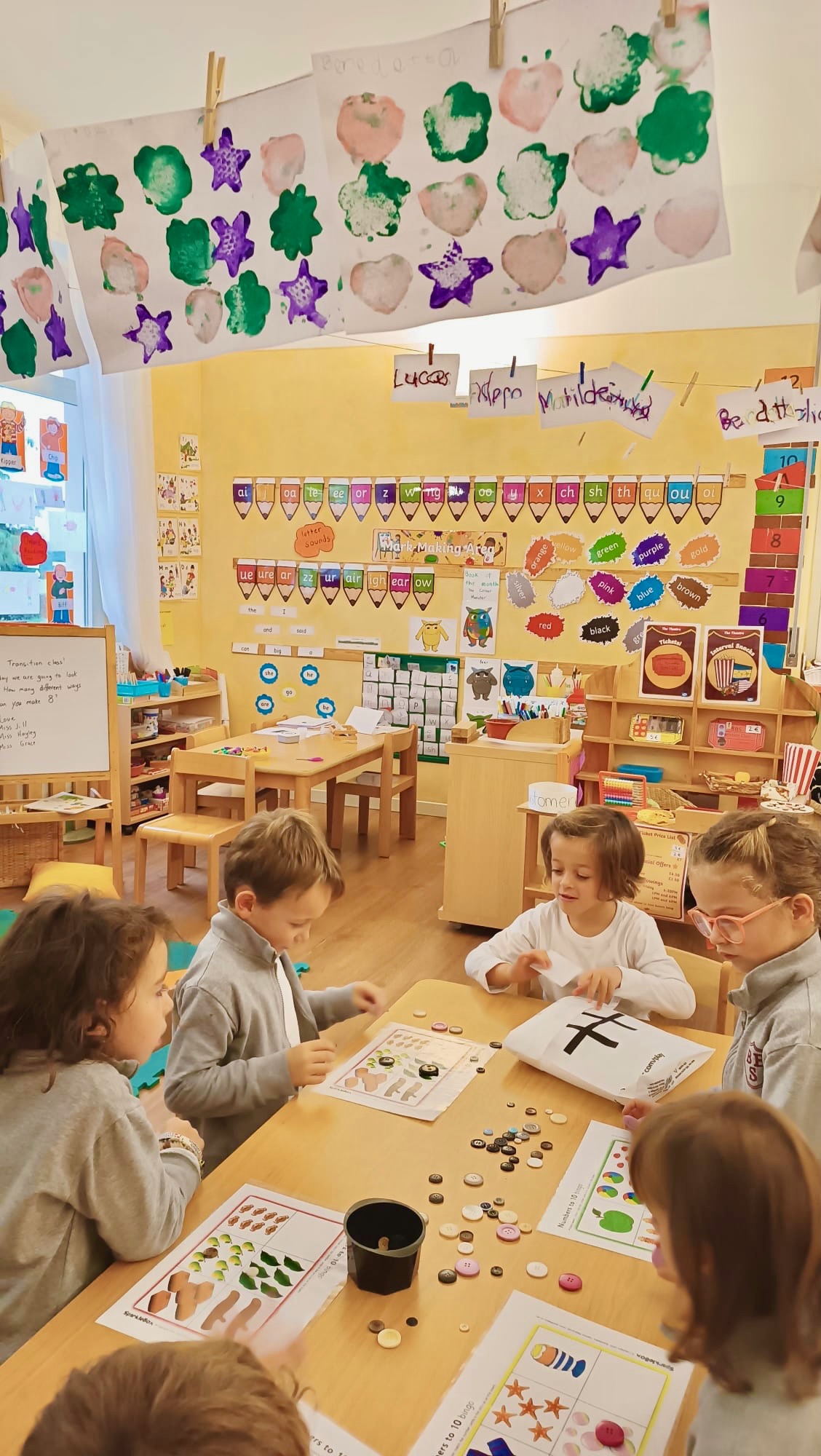
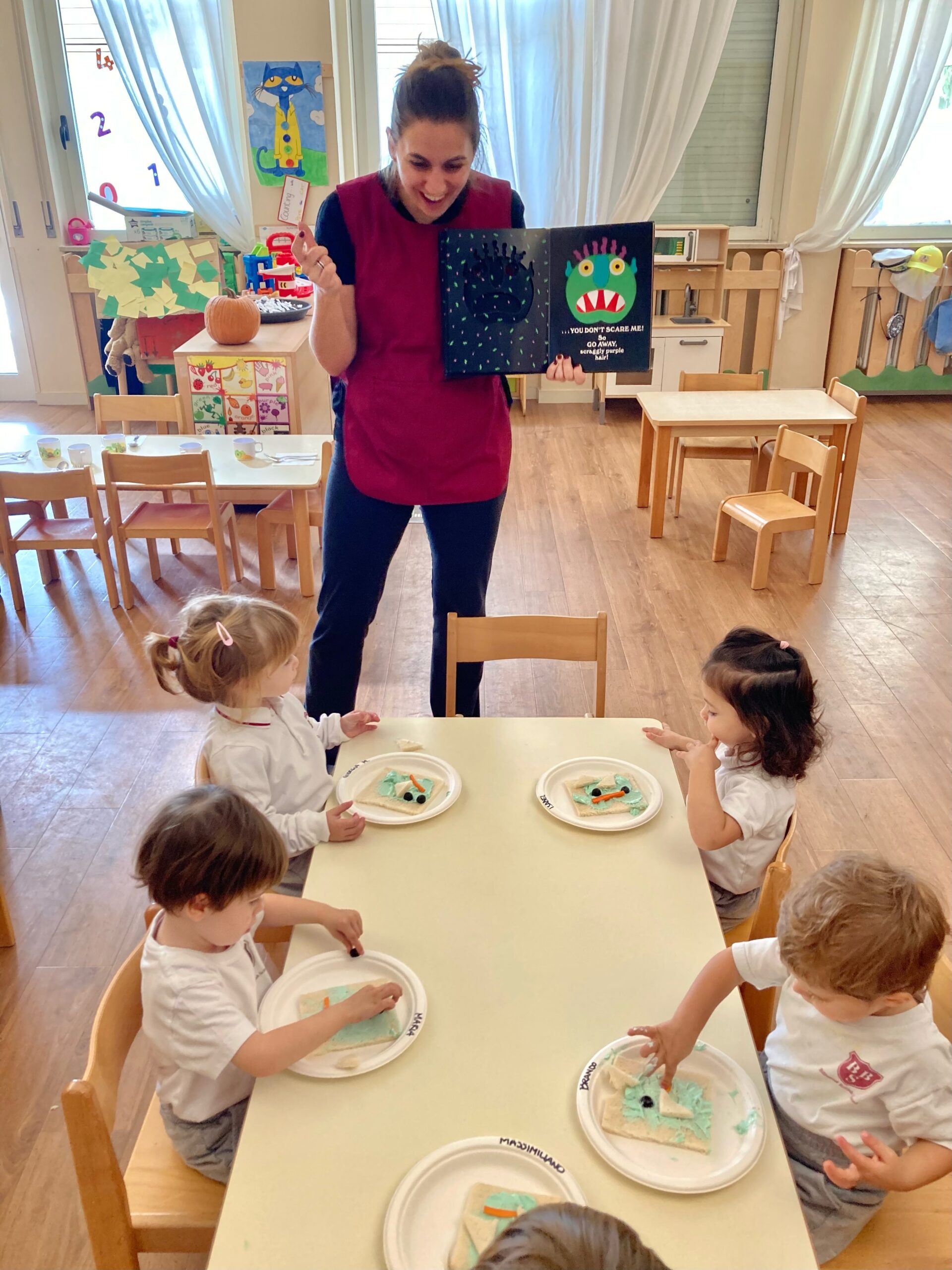
The youngest learnerslay the founding bricks of their full immersion journey, the sounds of a different language, a new environment. The repetition of songs and stories that relate to their everyday world – emotions, colours, routine activities. The gradual introduction of new keys words that together with the assistance of specially designed learning materials the children themselves begin to repeat some of this vocabulary.
As they grow they are exposed to more complex vocabulary and their learning follows simple themes – animals, colours, seasons. The use of well-known fantastical stories introduces basic mathematical concepts, foods, good and bad behaviour as well as everyday action words. Children are encouraged to answer simple questions in full sentences.
The children begin to learn more about the world around them, different countries and the solar system, solidifying what they’re learning through music and role-play. As their grasp of the English language becomes more concrete, they are curious to discover more complex topics. This curiousity is fed with the introduction of phonics and writing skills. A knowledge that is slowly solidified and develops into pre-reading skills. By the end of their final year, many children are confidently reading short age-appropriate books with ease and are curious to sound out any word they come across.
